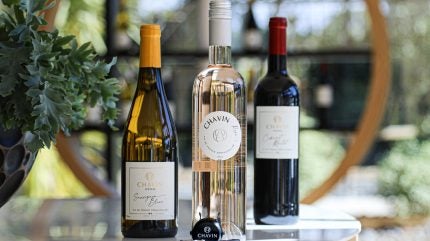
“Not exciting,” is how one drinker sums up their experience of an alcohol-free wine on ratings app Vivino. Other complaints include “like fruit juice” and “not worth the money”.
The production of alcohol-free wine is plagued by difficulties – unlike beer, it needs to be reduced by up to 14% of its total volume, which results in hefty losses in flavour and body – and the costly loss of liquid volume.
“People are disappointed most of the time,” says Lorris Cazals, sales director at French winery Pierre Chavin. “There is a quality gap we need to close together [as producers].”
According to Cazals, this is very possible. He estimates within five years there could be non-alcoholic wines that compete in blind tastings alongside wine.
“We won’t compete with the complexity of Burgundy, obviously,” he says. “But we think within the next five years we will be able to provide a very good, alcohol-free wine which will taste [like] entry-level Pinot Noir with alcohol.”
There is a lot of corporate interest in the category. Later this year, Chilean wine giant Concha y Toro is launching a zero-alcohol wine range under Casillero Del Diablo, it tells Just Drinks. An impressive advancement from its position only last year, when technical director Marcelo Papa told a crowd in London zero-alcohol wine was just not “enjoyable”, and “the jump between 12 or 14% abv to zero is too much”.
Last month, Cava stalwart Codorníu released its first still non-alcoholic wine, while French powerhouse LVMH snapped up a stake in alcohol-free sparkling wine brand French Bloom.
With momentum continuing in the trade, is the liquid in the bottle keeping pace?
The mechanics of alcohol-free
Two common commercial techniques for removing alcohol from wine are membrane separation – like reverse osmosis – and vacuum distillation – including the spinning cone column (SCC) method.
BevZero, a US-headquartered alcohol-free producer and equipment manufacturer, has been producing alcohol-free wine using vacuum distillation since the 1990s and has production hubs in Spain, South Africa and California.
Vacuum distillation involves gently heating wine, separating alcohol as it evaporates. The process separates wine into three parts, or ‘fractions’: alcohol, body (the base of the wine) and aroma (which includes flavour as well as scent). The wine is then ‘put back together’, minus alcohol.
BevZero uses spinning cone columns (SCCs) – vertical stainless-steel cylinders that spin the wine out into a thin layer so the ethanol evaporates quicker – and static, ‘packed columns’.
Irem Eren, business development and sales director, says packed columns are more efficient as they only require the wine to pass through once – compared to twice for an SCC. Its packed columns can process 40,000 litres a day, compared to 25-30,000 litres with its SCCs.
Eren says losses are also reduced to around 15% using the packed columns, compared to 30% using its SCC. This has financial benefits but also means more of the wine’s aromas are salvaged. The wine also spends less time at the highest temperatures in a packed column, protecting the aroma. “It’s highly efficient technology,” she says.
Sitting in the SCC camp is New Zealand wine producer Giesen. In August, the Marlborough-based winery bought a 10,000-litre column to increase production, having previously used a 1,000-litre SCC. (The winery does also have a packed column but is looking to use it to recycle the leftover alcohol from producing Giesen 0%, to fuel the boiler that powers the spinning cone).
Duncan Shouler, director of innovation and former Giesen winemaker, says the concept of SCC appealed “because you could remove the aroma independently and protect it before you removed the alcohol”.
“That was a big advantage to us – especially since we’re starting with Sauvignon Blanc,” he says. “Thiols (aroma compounds) are very susceptible to heat. We wanted to ensure we were doing something that was very low in temperature, and ideally, we could remove that aroma component before the wine experienced those hotter temperatures.”
The unfermented route
Another option to dealcoholising wine is to simply not ferment it in the first place. Critics of this method argue the final product is too far from wine, whereas fans hail it an exciting, lower-intervention sub-category of low-and-no wine.
Paul Beavis, ex-Lanson Champagne managing director and founder of alcohol-free brand Wild Idol, says the non-fermented method allows it to “maintain the grape’s natural purity and allow the true vinous quality of the varietals to come through”.
Wild Idol makes its sparkling white and rosé from grape juice and uses a cryopreservation technique to prevent fermentation. Water and other ingredients are then added to “build the flavour profile”. Rectified grape must is added – similarly to some dealcoholised wines – to “enrich the flavour, bringing additional sweetness and mouthfeel”, Beavis says.
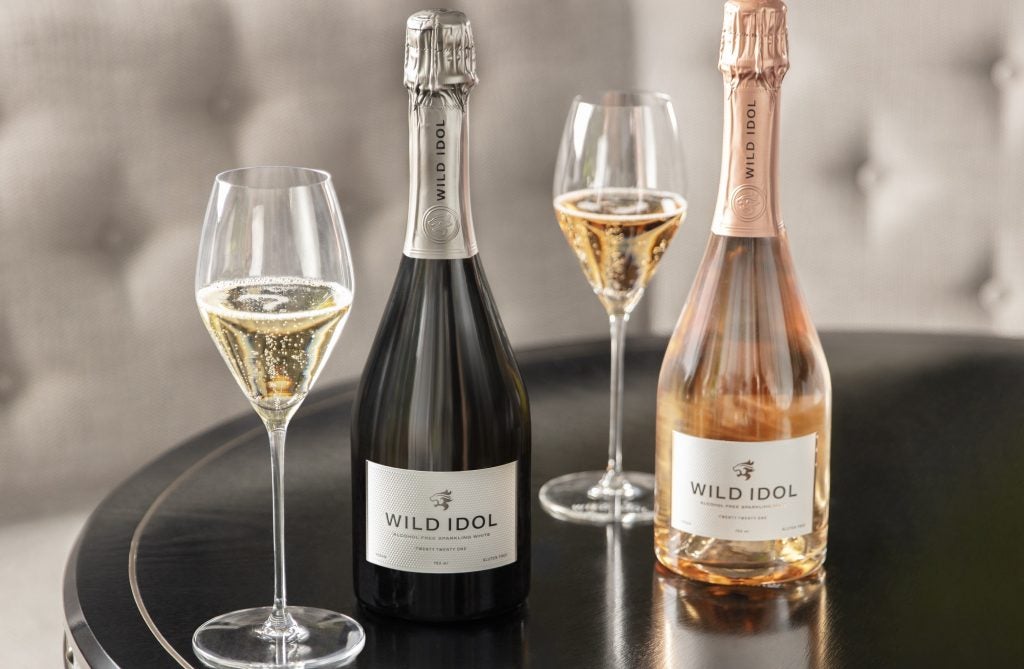
Regaining wine-y elements
Recapturing and recreating the characteristics lost during dealcoholisation of wine, particularly aroma, has long challenged winemakers.
Producers are looking at every part of the manufacturing process to solve the issue – through R&D with their base wine, developing technology to salvage more during production and adding back lost components post-dealcoholisation.
Other wine alternatives use juices, teas and added flavourings to build a wine-like product often bottled in similar 75cl glass – like Australia’s Non and Canada’s Proxies.
But wine has much tighter production rules – and producers of de-alcoholised wine are keen to highlight they haven’t added anything you can’t add to a regular wine.
“That makes it challenging but I think it also keeps the integrity of the product, which is important,” says Shouler.
US-based startup Studio Null is in talks with developers of aroma-capturing technology it says could be available commercially “in the next year or so”. The San Francisco-headquartered company sources and produces its zero-alcohol range in Europe, though sells mainly in the US.
Co-founder Dorothy Munholland says: “Minimising the amount of tweaking after dealcoholisation but retaining as much flavour and aroma as possible is going to be the thing that we are focused on in the near future.
“There are some interesting technologies that we’ve seen that are still in their early stages, that are, for lack of a better word to describe it, a little bit like operating a filter, to capture as many volatile aromas and flavours [and] to try to retain those lighter aromatics.”
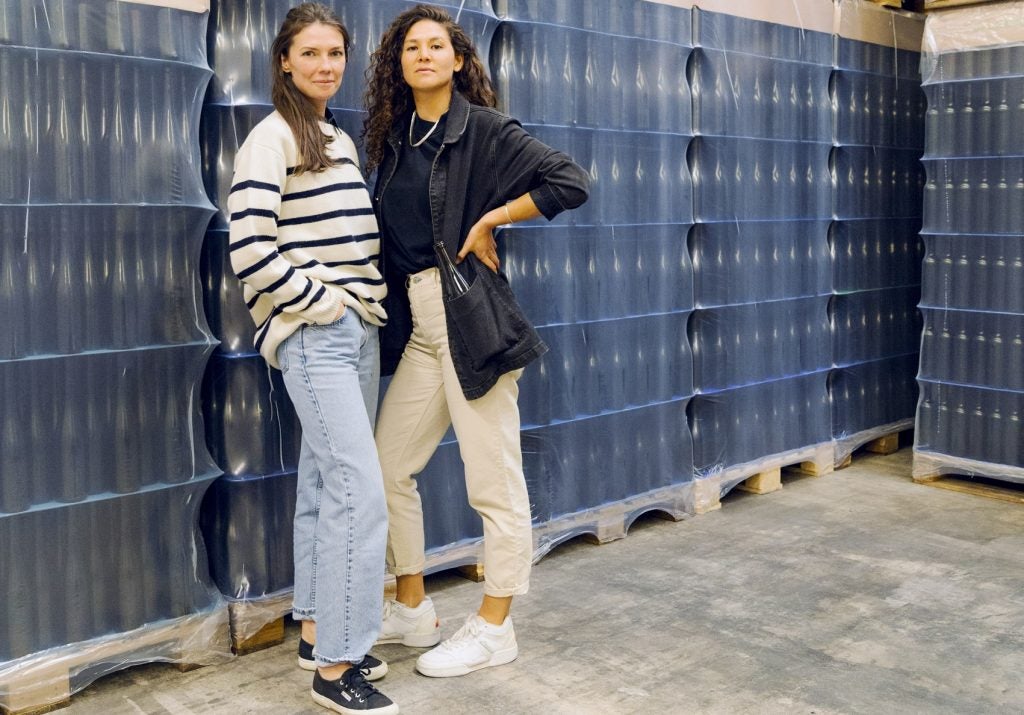
She adds: “Hopefully that will continue to push the entire category a step further in the direction towards needing to do less in terms of adding flavours or artificial ingredients to the wine.”
BevZero has partnered with Spanish technology company Tomsa Destil to use and sell ClearAlc dealcoholisation technology. BevZero says ClearAlc is “unparalleled” in its aroma-separation capabilities.
Eren says BevZero’s goal is to produce a “true 0.0” wine “without using any external aromas from flavour houses”.
While the developments sound exciting, technological advancements are naturally fairly slow. “[ClearAlc] is not going to be a revolution. It’s going to be evolution of the current technologies available,” Eren says.
Overcoming sweetness
A common criticism of alcohol-free wine is it is too sweet. Sugars including grape must are added post-dealcoholisation to balance acidity, which is concentrated during dealcoholisation and to give more body to the final wine.
Chavin’s first zero-alcohol range was a sweeter, easy-drinking ‘aromatised’ wine – which still forms the majority of its zero-alcohol sales – but, for Cazals, the quest for a “premium” zero-alcohol wine involves reducing sugar.
He says one of the most important ways to raise the quality of alcohol-free wine is perfecting the wine before it is dealcoholised and using high-quality, terroir-expressive grapes.
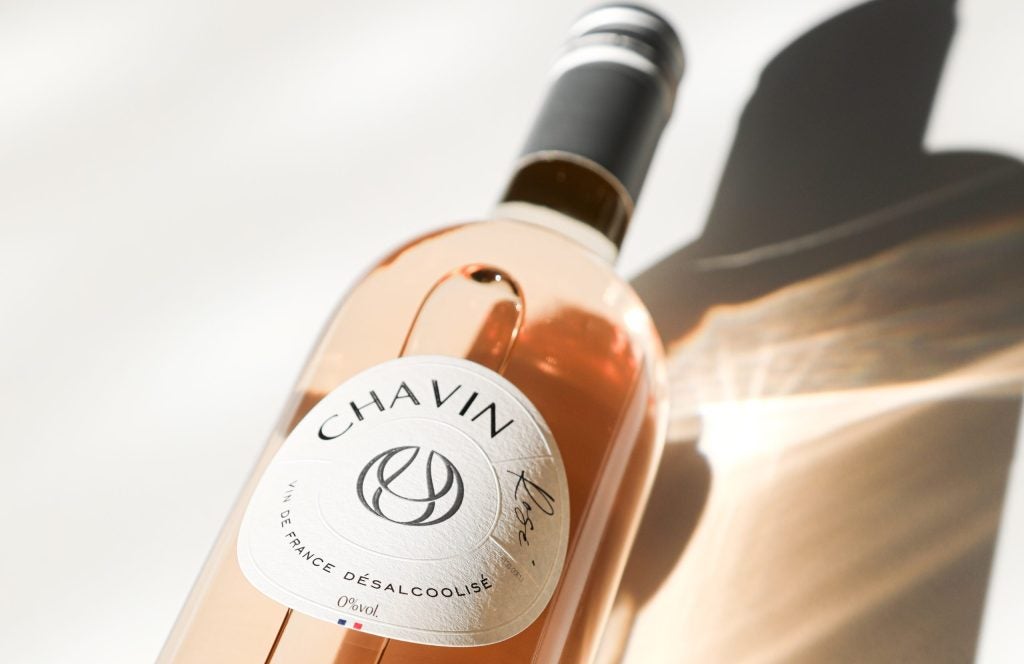
Chavin makes a base wine with slightly exaggerated features – for example white and rosé wines undergo around double the amount of battonage to their alcoholic counterparts to “over extract” aromas and texture, while reds spend extended time in barrel.
“It’s all dry wine but it’s a wine which has been created to be dealcoholised,” Cazals says. “That’s the key thing. Most of the alcohol-free wine producers are not able to work on specific, small batches where you work on this over-extracted [wine]. They actually buy most of the time in bulk… and therefore they need to aromatise after.”
Giesen is also trialling alternative methods to adding grape juice or juice concentrate. Shouler says natural de-activated yeasts have proved “great for adding body and texture to the wine”, comparing the process to lees ageing in traditional wine.
The company is also doing trials on yet-to-be-disclosed methods of gaining body and texture. Watch this space.
A little heat
Reproducing the sensation of heat is harder in wine than, say, non-alcoholic spirits, which can add peppercorn or capsicum flavours to mimic the alcohol ‘burn’.
Studio Null is trying to harness similar flavours that naturally occur in wine, like black pepper, clove or vanilla, which it says “often evoke warmth”.
“We’ve chosen not to use any artificial flavours or additives since we aim for maximum varietal expression with our dealcoholised wines, so we look holistically at aromatic and flavour profiles and the winemaking methods used in our wines that can give the impression of warming versus cooling,” explains Munholland.
Shouler at Giesen says heat is a “work in progress”, but tannin can be used to “get a bit of a sense of heat”. “Tannins give you mouthfeel and structure. It’s not heat but it’s a bit similar, in a way. It just gives you a bite that otherwise it’s lacking.”
Alcohol does a great job of binding everything together.
Duncan Shouler, Giesen
Experimenting with tannins is tricky as the perception of tannin concentrates with the removal of alcohol, Shouler says.
“Alcohol does a great job of binding everything together, and the warmth and weight and sweetness of alcohol kind of rounds off the hard edges of tannin. When you remove [alcohol], tannin becomes very obvious.” He advises using less tannic red varietals, “otherwise it’s quite hard work”.
A costly exercise
As is typical with emerging categories, investment is still needed to increase the quality of alcohol-free wine.
But that can be too costly for small companies. By the end of 2024, Giesen will have invested NZ$7m ($4.2m) in no-alcohol technology since 2020.
Shouler says Giesen having its technology has been “really important for our growth in the category, both in terms of volume, in terms of product complexity, and in terms of quality”.
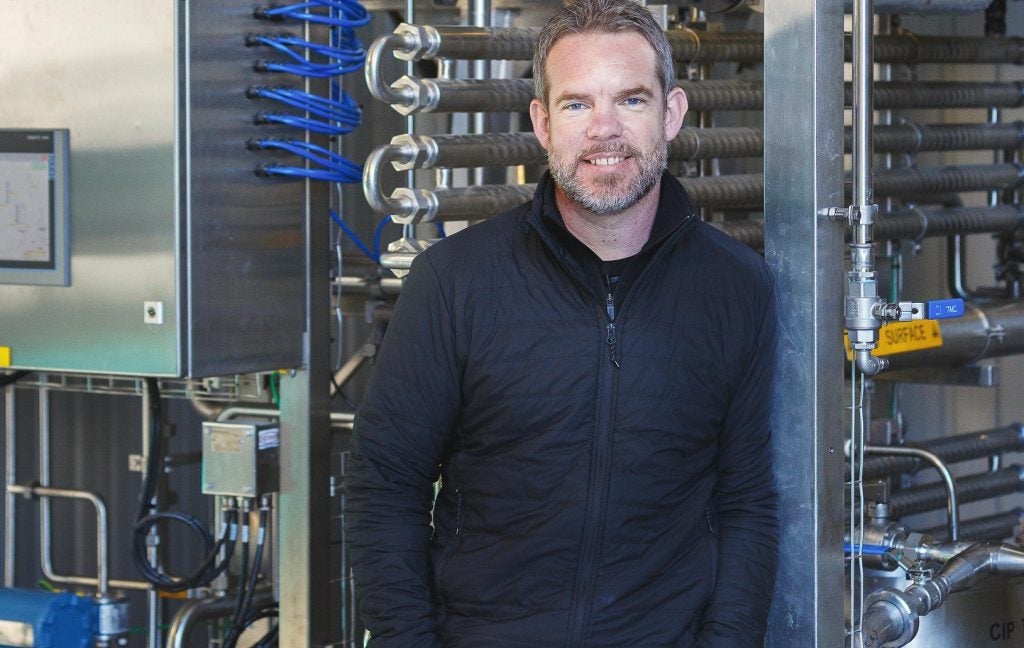
Having on-site equipment means Giesen can experiment with dealcoholising small batches and develop products rapidly. Giesen has a team of people running its SCC and Shouler says “they are now world leaders in using SCC technology on wine”. He says the company is in early discussions about sharing its equipment and expertise.
While Chavin uses an external manufacturing facility, it has two dedicated non-alcoholic winemakers and a small vacuum distillation machine at its headquarters for experimentation.
Others, like Munholland and Studio Null co-founder Catherine Diao, have created a strong brand but rely on partnerships to produce their wines.
“We are seeing a lot more folks on the formulation side, on the hardware and manufacturing side, coming to the table, trying to work through some of the big hurdles and evolve the category, which is exciting,” Diao says.
The jury is out on whether zero-alcohol wine should attempt to taste exactly like its alcoholic counterpart. Wild Idol’s Beavis says non-alcoholic wines “should celebrate their distinct character rather than attempt to replicate something else”. But inevitably, a product in a 75cl bottle, with grape varieties and vinous words like rosé on the label, will lead to a certain expectation of what’s inside.
Whether drinkers will ever be unable to tell alcohol from alcohol-free is yet to be seen. What is clear, is that the zero-alcohol industry is honing in, pincer-like, on traditional wine.



